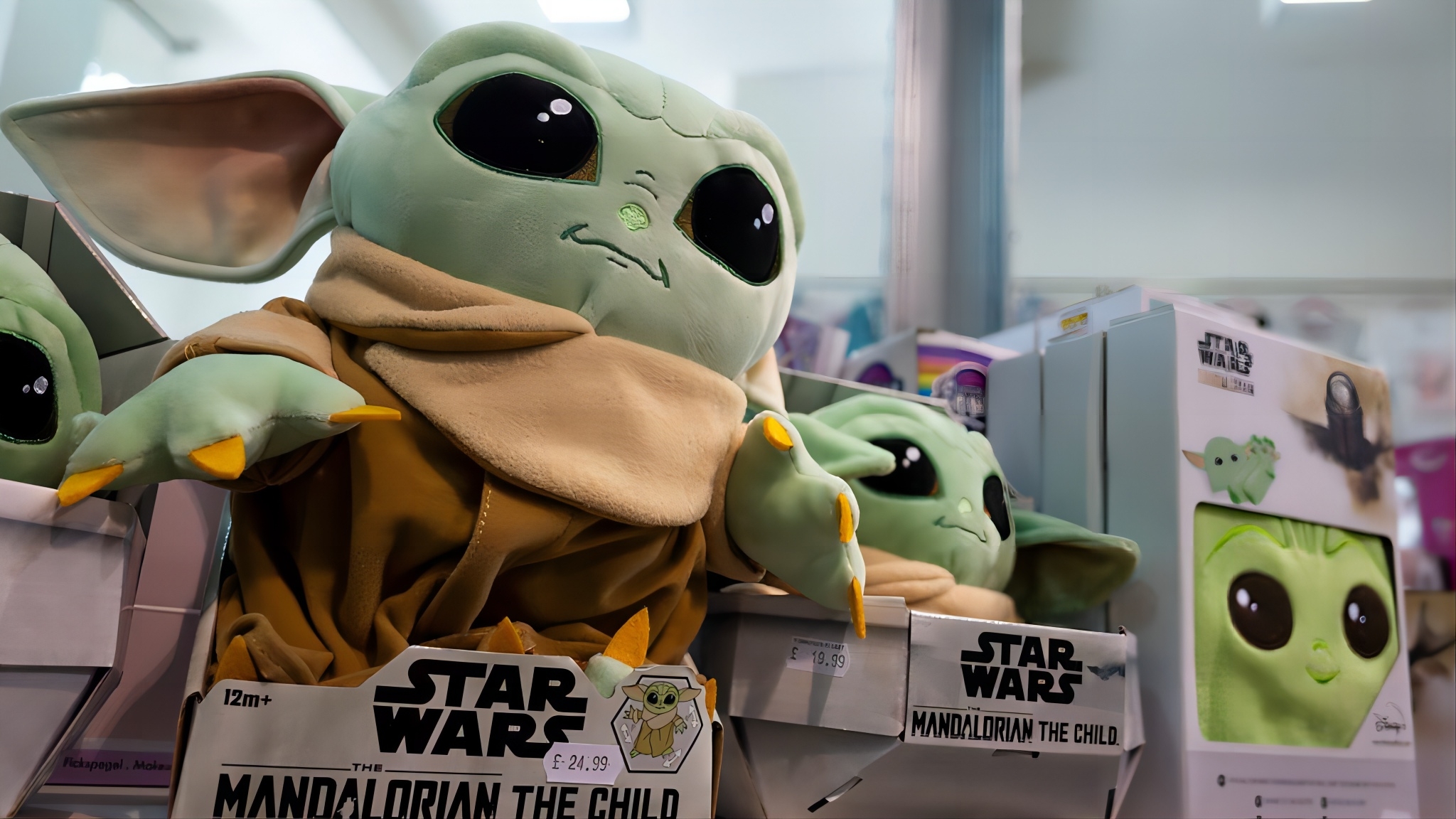
Come time for presents, one product always rockets to the top of wish lists. How are these toys anointed as the year’s must-haves?
The year is 1996, and Tickle Me Elmo has incited panic across the US. A startlingly successful marketing campaign cemented the fuzzy plush as the must-have toy of the holiday season. Yet Tyco, the toy’s manufacturer underestimated demand and produced far too few Elmos. Shoppers were left trampling store associates, brawling in store aisles for limited stock and paying as much as $7,000 (£5,530) for a single Elmo on the resale market.
The Tickle Me Elmo craze of 1996 is perhaps the most extreme example of how a single well-placed toy can captivate holiday shoppers. But a new “it” toy seems to emerge every holiday season. Many reasons propel a product to vaulted status among consumers – and the recipe to become the coveted toy is complex, especially for today’s shoppers.
The ‘social mood’
Peruse any major retailer’s holiday adverts, and it’s clear the most popular toys have mega marketing budgets. That’s been the case since 1952, when Mr Potato Head made history as the first children’s toy advertised on television. It sold more than one-million units in its first year on shelves.
Today, retailers must contend with a highly competitive toy market, which is complicated by social platforms like TikTok and Roblox, which function as direct-to-child advertising. With that in mind, the most successful toy brands must also tap into shoppers’ “social mood”, says Joanna Feeley, chief executive officer at TrendBible, a UK-based trend forecasting agency.
“We all know what the news looks like at the moment,” says Feeley. “We’re at the mercy of two very serious wars; there’s a cost-of-living crisis. There’s lots of loud messaging around negative real-world problems. And children absolutely [absorb] those signals as well as parents.”
Within that context, Feeley explains successful brands are creating their toys with values in mind – values like resilience, playfulness and emotional intelligence.

Lego, a Danish brand founded in 1932, is among the companies that continually top the trending-toy charts. According to Adobe Analytics data, seen by BBC Worklife, Lego sets were among this year’s top Cyber Monday sellers; TikTok videos tagged under “LEGO flower bouquet”, which Feeley cites as one of the brand’s best-selling products, have collectively garnered more than 30 million views.
With company values including “free play” and “being curious, experimenting and collaborating”, Lego taps into numerous key social values. That, Feeley argues, is how cult brands are born.
That approach also fuels Hugimals World, a weighted plush toy brand founded in 2022 by Marina Khidekel. With just a year on the market, the brand has already landed twice on Parent magazine’s annual Best Toy lists, with additional acclaim from publications including Good Housekeeping and Time magazine. Khidekel says the toy’s early success is due in part to partnering with expert consultants including child psychologists and paediatricians – experts who are tapped into the ‘social mood’ of children and adults alike.
She also cites Mesh, an increasingly popular toy certification that embraces “mental, emotional and social health”, as an important metric. “We’re seeing a big resurgence of toys that offer an enriching element emotionally and intellectually,” says Khidekel. “[A basic] toy might not be enough; there has to be some sort of enriching or interactive element.”